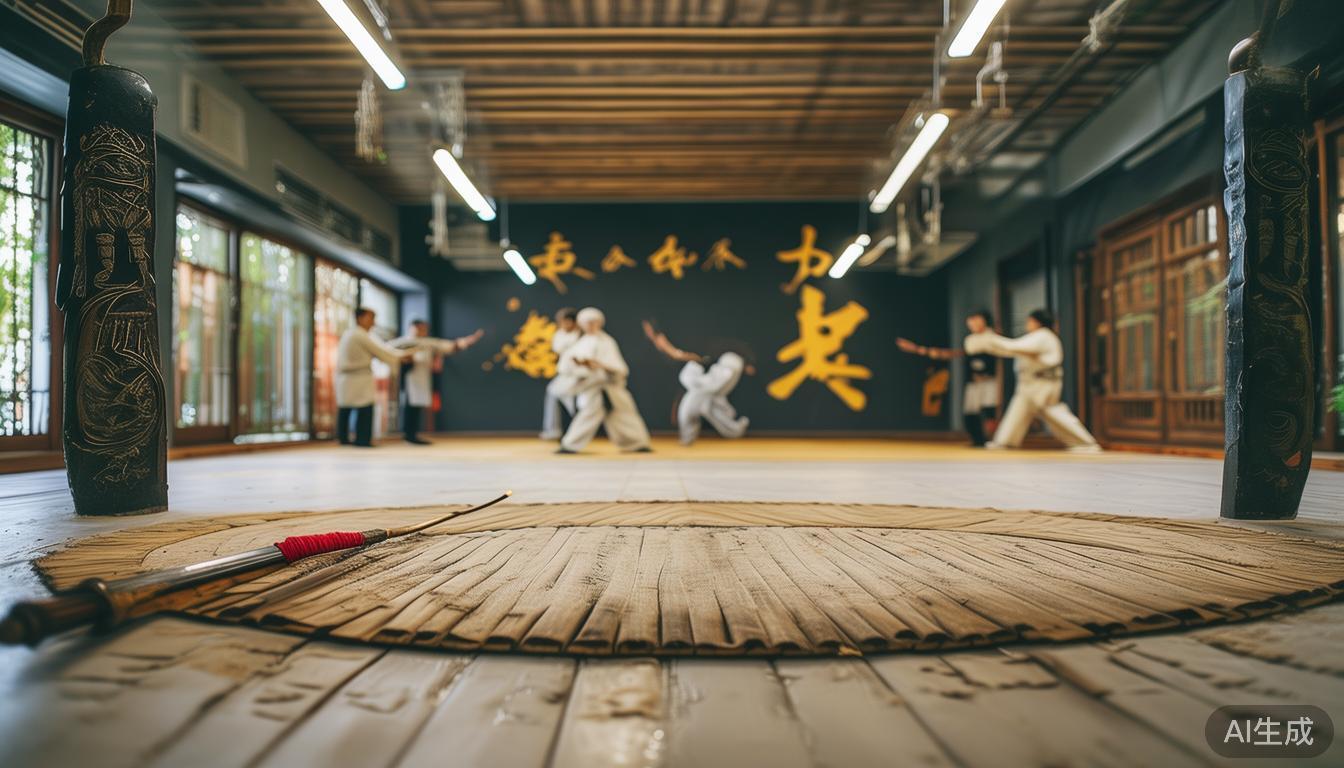
The Wisdom Of Teaching Tai Chi: Taking Into Account Multiple Factors And Sharing Key Teaching Points
Teaching Tai Chi is not just about teaching individual movements, but also about imparting a kind of wisdom that allows the body and mind to integrate with each other. Over the years, I have deeply realized that truly effective teaching requires a comprehensive consideration of methods, the real differences between individuals, and the profound but crucial inner spirit, so that students can successfully find their own unique rhythm in the extremely slow-paced flow. Next, teaching tai chi effectively , I am going to share a few extremely key aspects to help you teach Tai Chi more deeply and more touchingly.
How to Design a Step-by-Step Tai Chi Class
The structure of the course should be as smooth and orderly as Tai Chi itself. Beginners are often put off by the complicated movements. I will teach the most basic stances and starting breathing, such as the decomposition exercises of "Cloud Hands". First, students can feel the movement of the center of gravity, and then gradually connect them. Each class only introduces one or two new elements to ensure that everyone can consolidate Tai Chi For Health through repetition. , I remember a middle-aged student who always complained at first that he could not remember the movements. Through split exercises and weekly small goals, he gradually became able to smoothly complete a set of simple Tai Chi. The confident light on his face was a great reward for formal teaching.

How to adjust teaching methods for different students
Everyone's physical condition is different, and their learning motivations are also different. Unifying the teaching method will make the effect worse. Young people may be looking to improve their physical fitness, so I will include dynamic force-generating exercises; older people are more concerned about balance and preventing falls, so I will focus on teaching them how to stabilize their lower body with "knee-hugging steps". For Tai Chi Lessons for students who sit in the office, I will explain how to relieve shoulder and neck tension based on Tai Chi principles and make the movements beneficial to life. It’s important to observe students’ reactions—sometimes a small tweak in a gesture can make them understand.
How to integrate Tai Chi philosophy into practical teaching
Tai Chi is not only the movement of the limbs, but also contains the wisdom of "the harmony of yin and yang". When teaching the action of "White Crane Spreading Wings", my approach is to guide students to deeply experience the transformation between reality and reality. This situation is similar to the relaxation that exists in life. Using stories to explain the principle of "softness overcomes strength", and using examples to describe instances of resilience that are as tough as water drops can penetrate a stone, can make abstract concepts understandable by students in a personal way. I often say something like this to students: "When you are performing the push-hands movement, don't just think about the strength confrontation in your mind, but imagine in your mind that you are leading such a river." Such profound metaphors have helped many people transform from consistent mechanical imitation to mental understanding.

How to evaluate students’ Tai Chi learning effect
The assessment should not only be based on the standard of movement, but should comprehensively consider the physical and mental changes. I will record the students' breathing depth, the balance duration, and their self-reported sleep improvement or mood improvement. I will regularly arrange for students to perform push hands in pairs to see how they improve. Are we able to apply principles flexibly instead of simply carrying it hard? Once, a student told me happily that she used to be out of breath when going upstairs, but now she can be calm and relaxed. Such tangible progress is more convincing than any assessment.
In your teaching process, what surprises you the most about the transformation of your students? Feel free to share your story in the comment area. If this article has inspired you, please give it a like, support, and share it with more people who have the same ambitions.


